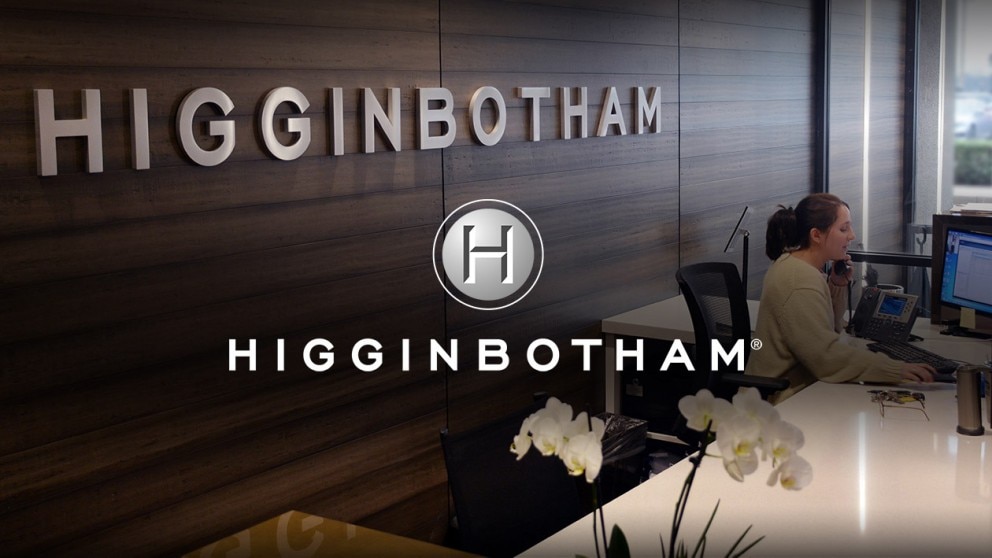KeyBank leverages AMD EPYC™ processors to gain efficiencies
Price efficiencies provided by AMD EPYC™ processors help to decrease cloud costs.
Banking is constantly evolving to take advantage of developments in technology. Banks were early adopters of mainframes and the subsequent shift to on-premises data centers. Now the industry is transforming once more—into the cloud.
KeyBank has been ahead of this curve. When Google Cloud instances powered by AMD EPYC processors arrived, the bank realized it could maximize the efficiency of its cloud rollout even further.

From on premises to the cloud
“KeyBank is one of the leading financial institutions in the US with a focus on building a lasting relationship with our customers and the communities that we do business in,” says Tony Rini, Leader, Cloud Acceleration Program, KeyBank. “Our footprint stretches from Maine to Alaska serving our customers through our online channels, contact centers, branches, and ATMs.”
“Key’s technology organization focuses on delivering operational excellence and innovative solutions,” continues Rini. “We’re focused on secure, efficient technologies that deliver solutions meeting our employee and customers’ expectations. We are constantly self-evaluating the environment to ensure optimization and evolving expectations are met. We had a robust on-prem legacy footprint consisting of everything from core systems that run on mainframes through distributed systems that are highly virtualized to a very mature data supply chain that provides for our analytics users across the company.”
KeyBank was looking to take advantage of the innovation and elasticity provided by the cloud to modernize its technology ecosystem—while improving its security posture. “We’ve had a great partnership with Google over the past seven years looking at new technology solutions,” continues Rini. “Our first venture into the cloud was in migrating our analytics workspaces. We were facing large capital investments in an on-premises footprint that was experiencing high levels of demand at month-end, but lower demand mid-month. We found that the elasticity provided by Google Cloud could meet our needs more effectively, which was the primary driver for our initial move to the cloud.”
“We’re trying to make technology a differentiator for our bank rather than just a necessity,” says Robert Kreitzer, Cloud Infrastructure Leader, Cloud Acceleration Program, KeyBank. “Our relationship with AMD goes back almost 2 decades. When they introduced the first multi-core processor option back in 2005, we quickly saw this as a differentiator and tested the capabilities in earnest. This resulted in Key standardizing on the AMD chip and giving us the performance and reliability boost that we were looking for.” As the bank’s cloud rollout developed, Google Cloud instances powered by AMD EPYC processors promised to deliver the required technology differentiation.

Cost optimization with AMD EPYC CPUs
“There is a material benefit in using cloud services that allow us to scale up and down dynamically,” says Christian Gilbertson, Program Manager, Cloud Acceleration Program, KeyBank. “One of the main value propositions of going to the cloud is only paying for what you use compared to the more fixed-cost structure of on-premises technology. With compute being one of the most widely used technology service capabilities, we want to ensure we're continuing to optimize our consumption.”
“While our Cloud FinOps practice has been instrumental in avoiding costs and driving efficiencies, we’ve continued to look for new ways to reduce costs in our cloud environments,” says Gilbertson. “In that spirit, our Google partners brought to our attention an opportunity to leverage compute instances powered by AMD EPYC CPUs, which they stated could be more cost-efficient," says Gilbertson.
“Our workloads require a balance of CPU, memory, and storage,” says Kreitzer. “Through our partnership with Google, we started analyzing the specific needs of those workloads that were part of the migration waves. We know migrating to the cloud isn’t always cheaper, so we knew we must be smart about how we deploy. AMD gave us options that will help us meet our financial goals and performance needs. We started deploying instances powered by AMD EPYC CPUs in earnest at the beginning of 2022. So far, 25 percent of our current GCE cores are AMD, and I expect the percentage to continue to increase in the future.”
“In the cloud, we're able to pivot quicker than we could have with on-premises infrastructure, and without a large investment,” says Rini. “AMD offers several capabilities, but the big benefit is value. That was the most significant factor as we started to look at AMD chipsets to run more of our workloads. In addition—our security teams are interested in the built-in security capabilities that come with AMD chipsets to further protect critical workloads in the cloud.”

Greater efficiency means reducing costs
“With the initial workloads that we migrated to AMD EPYC instances, we saw excellent performance,” says Gilbertson. “That led us to leverage AMD products more. To date, we’ve seen about an 8% cost efficiency per core on AMD machine types. We found some great applications for Google Cloud instances powered by AMD EPYC CPUs, and we’ll continue to use them more and more as we go forward.”
“We are looking forward to leveraging this cost efficiency going forward,” says Gilbertson. “When extrapolating an 8% cost efficiency across hundreds to thousands of vCPUs—this represents a material savings. We intend to use AMD machine types more as we migrate.”
“One of our primary goals as an enterprise is to be efficient with our expenses. Expanding our partnership with AMD through migration of workloads to AMD compute instances will be important in optimizing our cloud expenses moving forward,” concludes Gilbertson.

About the Customer
KeyBank, the primary subsidiary of KeyCorp, is an American regional bank headquartered in Cleveland, Ohio, and is the only major bank based in Cleveland. KeyBank is one of the largest banks in the United States, with assets of approximately $195 billion. Its business covers New York, some of the coastal states, Ohio, and on the West Coast, the Washington area and Alaska. KeyBank’s management structure and basis of presentation is divided into two business segments, Consumer Bank and Commercial Bank. For more information visit www.key.com.
Case Study Profile
- Industry:
Financial services - Challenges:
Continuing to drive cost optimization as workloads are shifted from on-premises to the cloud - Solution:
Deploy more workloads to Google Cloud N2D instances powered by AMD EPYC™ processors - Results:
8 percent greater cost efficiency with equal or better performance - AMD Technology at a Glance:
AMD EPYC™ CPUs - Technology Partners:










